#pdp11
Explore tagged Tumblr posts
Text
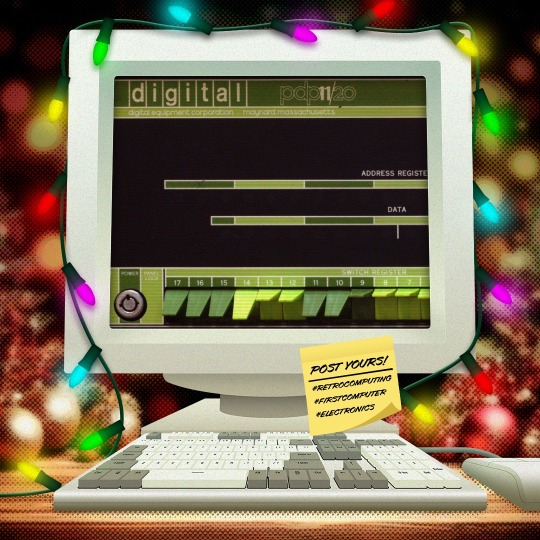
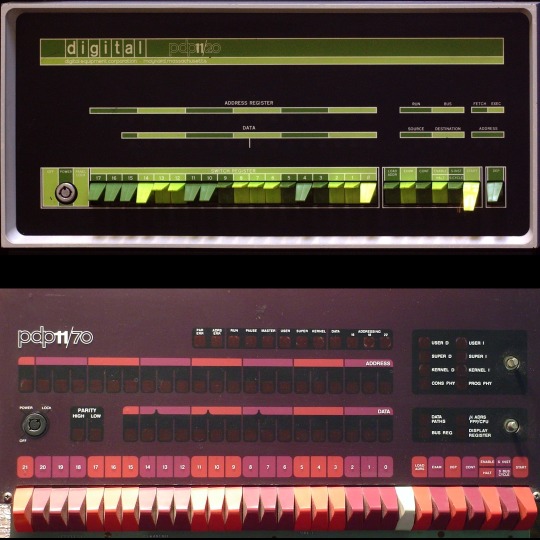
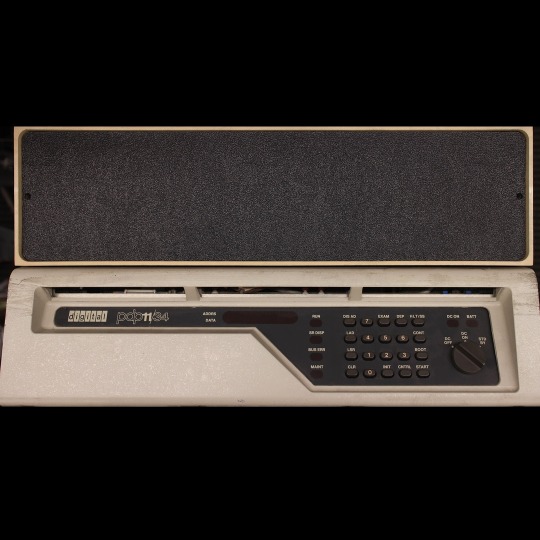


🎄💾🗓️ Day 4: Retrocomputing Advent Calendar - The DEC PDP-11! 🎄💾🗓️
Released by Digital Equipment Corporation in 1970, the PDP-11 was a 16-bit minicomputer known for its orthogonal instruction set, allowing flexible and efficient programming. It introduced a Unibus architecture, which streamlined data communication and helped revolutionize computer design, making hardware design more modular and scalable. The PDP-11 was important in developing operating systems, including the early versions of UNIX. The PDP-11 was the hardware foundation for developing the C programming language and early UNIX systems. It supported multiple operating systems like RT-11, RSX-11, and UNIX, which directly shaped modern OS design principles. With over 600,000 units sold, the PDP-11 is celebrated as one of its era's most versatile and influential "minicomputers".
Check out the wikipedia page for some great history, photos (pictured here), and more -
And here's a story from Adafruit team member, Bill!
The DEC PDP-11 was the one of the first computers I ever programmed. That program was 'written' with a soldering iron.
I was an art student at the time, but spending most of my time in the engineering labs. There was a PDP-11-34 in the automation lab connected to an X-ray spectroscopy machine. Starting up the machine required toggling in a bootstrap loader via the front panel. This was a tedious process. So we ordered a diode-array boot ROM which had enough space to program 32 sixteen bit instructions.
Each instruction in the boot sequence needed to be broken down into binary (very straightforward with the PDP-11 instruction set). For each binary '1', a diode needed to be soldered into the array. The space was left empty for each '0'. 32 sixteen bit instructions was more than sufficient to load a secondary bootstrap from the floppy disk to launch the RT-11 operating system. So now it was possible to boot the system with just the push of a button.
I worked with a number DEC PDP-11/LSI-11 systems over the years. I still keep an LSI-11-23 system around for sentimental reasons.
Have first computer memories? Post’em up in the comments, or post yours on socialz’ and tag them #firstcomputer #retrocomputing – See you back here tomorrow!
#dec#pdp11#retrocomputing#adventcalendar#minicomputer#unixhistory#cprogramming#computinghistory#vintagecomputers#modulardesign#scalablehardware#digitalcorporation#engineeringlabs#programmingroots#oldschooltech#diodearray#bootstraploader#firstcomputer#retrotech#nerdlife
290 notes
·
View notes
Text

RIP Gordon Bell, computer architect and vice president for Digital Equipment Corporation, responsible for the design of several computers in the PDP family as well as heading up the VAX system development group.
I couldn't blame you if you never heard of him, his contributions were mainly in the 1960s through 1980s. But trust me when I say, whatever device you are reading this on can trace its lineage back through some project he was involved with in one way or another.
Bell passed away on May 17th in his home in California, he was 89.
133 notes
·
View notes
Text
“quite frankly, we'd rather sacrifice our chance at heaven than look at a 16-bit machine again” is an amazing line
0 notes
Text









Cosmo Klein (1978) by Jeff Duntemann AKA "Captain Cosmo", Rochester, NY. Cosmo Klein is based on the COSMAC Elf RCA 1802 microcomputer and features a robot arm, and a CRT face separately controlled by a COSMAC VIP, an 1802 based microcomputer with a supplementary video display chip.
"For all its flaws, the VIP is probably worth the money… The worst thing about the VIP is something that can be said of the ELF-II from Netronics or Quest's Super ELF: If you don't wire wrap it yourself, you won't learn as much. What are you doing this for? If you want to learn microcomputer hardware and software without going broke, the Popular Electronics ELF has no equal. …
COSMO'S FACE -- I take that back; there is something that the VIP is good at: Giving my robot a face. For a while I've been tinkering with a clanking heap of surplus submarine parts and wheelchair motors named Cosmo Klein. The Klein is an obscure mathematical allusion to the Klein Bottle, whos insides are identical to its outsides. Cosmo is a little like that, especially when he tips over and sends his insides spilling out onto the floor. Well, I got the notion that a COSMAC-generated face would be a marvelously humanizing touch. And so it is. If you want to see a good color picture of Cosmo and my VIP (with my own idiotically grinning mug in the background) check out Look Magazine dated April 30, 1979; it's the one with Jane Fonda on the cover. Maybe your library has it. The program which generates the face is included in this book, so I won't describe it here. Though you can't see it, my ELF is also inside, vainly trying to keep the monster from falling on his face. A CMOS robot is an old dream of mine, and I'm working on it, but for now I must pronounce his control circuitry (save for his face) a failure. Now you know who Captain Cosmo is. Yes indeed, that cute cartoon on the cover has a real model." – Captain Cosmo's Whizbang, by Jeff Duntemann, 1980.
“In addition to the VIP on his chest (which managed his face video and nothing else) he had a wire-wrapped machine inside his body, and a built-in OAE paper tape reader for getting his software up and running. (I punched the tapes on a DEC PDP11 system at Loyola University, where a friend worked at that time. The code was all written in binary, by hand.)” – Jeff Duntemann, Meet Cosmo Klein, COSMAC ELF.
"Cosmo Klein, a 4' tall robot with a TV-screen face, is a mutt bred from "junque" and computer chips. Cosmo has a World War II navy sonar-console body which was bought at a rummage sale for 25 cents and houses a homemade computer that monitors internal functions, like voltage regulation, speed, motion, and Arm and hand action. Cosmo lives with Jeff and Carol Duntemann. Jeff is a Xerox engineer, science-fiction writer, and member of a group of "techies" who build futuristic gadgets. He has grander inspirations than Cosmo. "What I'm looking toward in maybe 40 years is a robot that will act as a companion to the emotionally disturbed and the severely retarded. The patience of machines is marvellous. They'll sit there and listen and talk back." " – A Robot for Every Home, by Lauren Freudmann, Look Magazine, April 30, 1979.
42 notes
·
View notes
Text
I'm old enough that we did some physics modeling using a phone book and a PDP11. You'd just use the last 4 digits because the first 3 weren't random!

François Morellet (1926-2016) — Random Distribution of 40,000 Squares Using the Odd and Even Numbers of a Telephone Directory (oil on canvas, 1960)
2K notes
·
View notes
Text

qUesto è iL Pdp11, sToricO COMPutER DELLA digitAL.
83 notes
·
View notes
Text
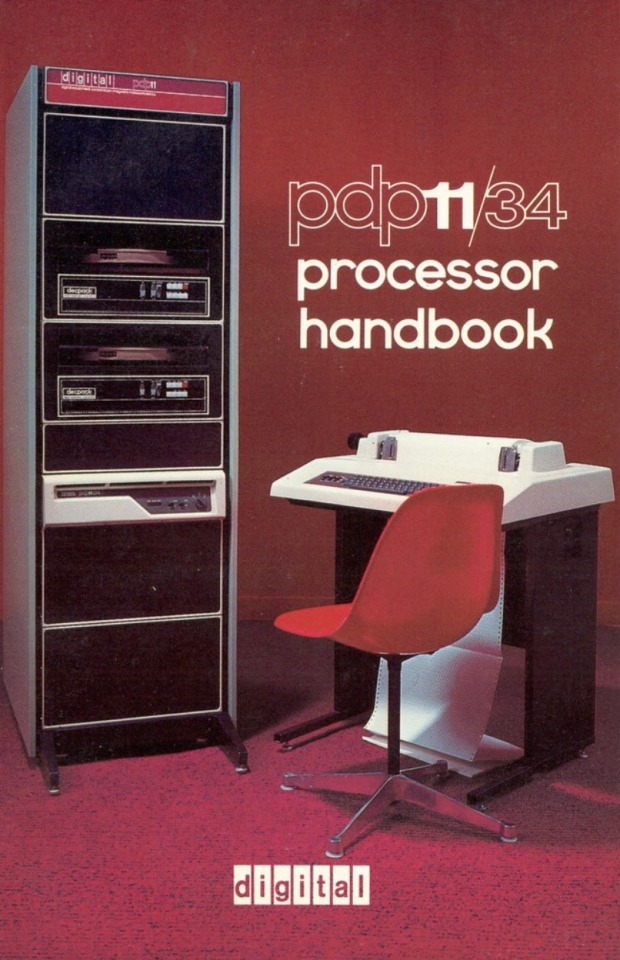


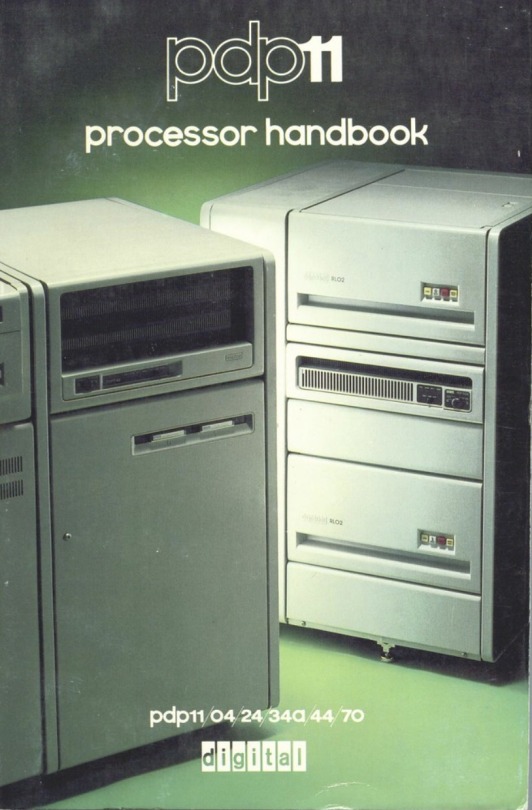

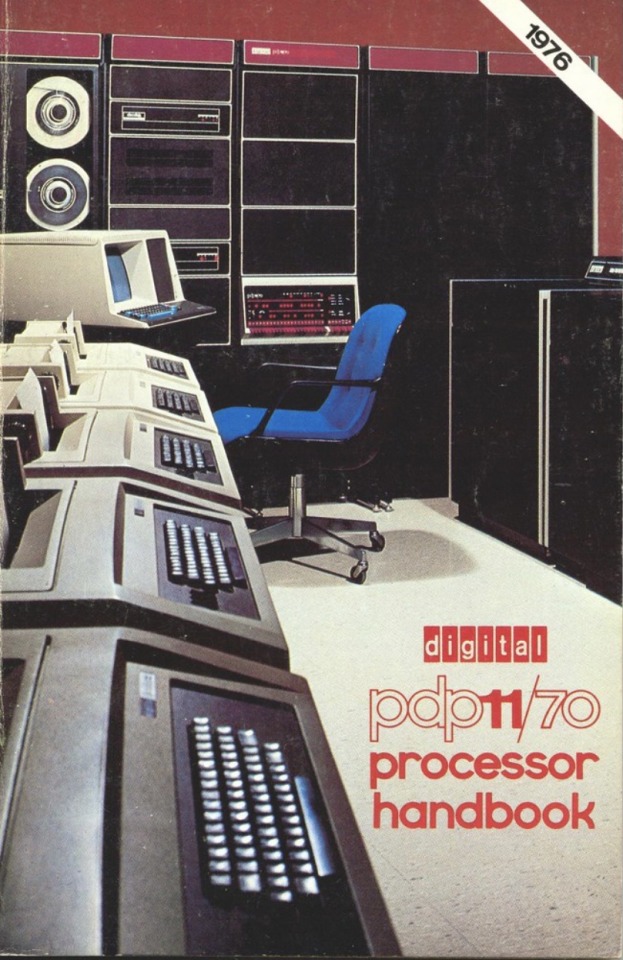
Programmed Data Processor-11 Processor Handbooks from the 1970’s
246 notes
·
View notes
Photo

Digital Equipment Corporation PDP-11/20
Computer History Museum - Mountain View, CA
39 notes
·
View notes
Photo

PDP-11, University of Pittsburgh, date unknown.
#pdp11#digital equipment corporation#retrocomputer#retrotech#vintage tech#seventies#eighties#1970s#1980s
714 notes
·
View notes
Text

When I worked for DEC, I used to love reading the internal DECNotes message board that had collected stories from Field Service about weird installations of our computers.
By far the best one concerned a PDP 11/73, like the one above, that was used to measure nuclear bomb yield. The story went that the system was in a shaft leading to the underground test chamber, and it took readings on the explosion in real time until it was vaporized.
I always hoped this was true but took it with a grain of salt - but this archive.org post about just such a setup at Los Alamos backs it up. The test method is quite ingenious too - the system uses time domain relfectometry (TDR) measurements to measure a length of cable between the bomb and the computer. As the bomb explodes, the blast eats away at the cable, and they can figure out yield and stuff based on how fast it happens.
The PDP 11 is indeed not spared in the process, it transmits its results to a distant receiver before being destroyed what can only be at most seconds later.
That's why the instructions are clear to say "start with a PDP 11 you no longer love." lol.
207 notes
·
View notes
Photo

10 notes
·
View notes
Text
PDP-11/70 Retrocomputing Build
New Post has been published on https://planet-geek.com/2020/01/03/geekitude/pdp-11-70-front-panel-recreation-using-a-raspberry-pi/
PDP-11/70 Retrocomputing Build

Back when dinosaurs roamed the earth, I attended a very technical college to start getting my degree in Computer Science. Note, this wasn’t ‘programming’ ‘systems design’ ‘databases’ ‘AI’ or any of that, no, the industry was young enough that just HAVING a computer science degree was notable.

While the college experience didn’t work out well for me, I have a very strong memory of my first semester (back then the college called them trimesters I believe) walking into the computer science building and seeing a glassed in room with a bunch of racked equipment in it. On the front of one of the racks was a brightly colored panel, with a lot of purple and red switches, and many blinking lights. In the corner, it said PDP-11/70, and I thought it was the coolest thing I had ever seen.
Turns out this machine was used in the undergraduate program to teach students Unix. We had a classroom full of DEC GiGI terminals and students would plunk away at shell scripts, learning ‘vi’ and generally making a lot of beeping noises. There were about 16 terminals, which meant that machine, which was approximately 1/5000’th the speed of a modern Core i7 process (MWIPS 0.535 for the 11/70 vs 3124 for the i7) was supporting 16 concurrent users programming away on remote terminals.
Well, life moved on, and while I did build my own DEC minicomputers, I never actually owned an 11/70. They were temperamental, that were designed to be powered up and left running for years. Not exactly a hobbyist machine.
In the last year or two, some folks have been taking advantage of the SIMH project (a hardware simulation environment) to emulate these old machines, and run the original operating systems on them. When I saw that Oscar had put out a kit for the PiDP-11/70, a fully functional PDP-11/70 front panel that mirrors precisely the original machine, I had to have one.

The kit is powered by a Raspberry Pi-4 loaded with the SIMH package anda . bunch of disk images. The system happily runs any number of old DEC operating systems, as well as Unix 2.11BSD, and various other Unix versions. On bootup, you simply select which disk image you want to run, and after a few moments, you’re looking at an operational console happily booting RSX-11MPlus, RSTS, RT-11, BSD Unix, whatever you’d like.
Total build time was somewhere around 7-8 hours. Imaging and setting up the Pi took about 2 hours (mostly downloading packages), and the actual physical build of the front panel took another 6+ hours.
The experience of using the machine is somewhat surreal. In the past, I spent a lot of time learning Unix and then VMS. I also worked on DEC Pro/350’s for a while, which run a modified RSX-11MPlus, so it feel great to be back in that environment again, but I have so much to re-learn.
Having the delightful blinking lights nearby showing activities in realtime is a delightful way to have a visual representation of the inner workings of computers, something we don’t see a lot of in modern systems.
Here’s some pics of the build in progress. It’s a great addition to the home office collection!
#dec#digital#digital equipment corporation#pdp11#retrocomputer#retrocomputing#rsts#rsx11m#rsx11mplus#rt11#unix#Geekitude#Hacks#Reviews
0 notes
Text
You know you've studied too late when you go to bed and dream that you're a branch command but your opcode is missing the offset which is the reason that your nose is blocked.
3 notes
·
View notes
Text

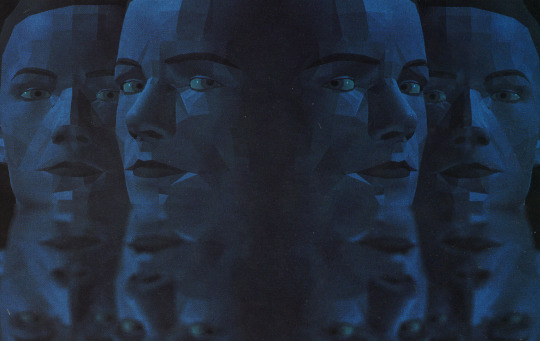
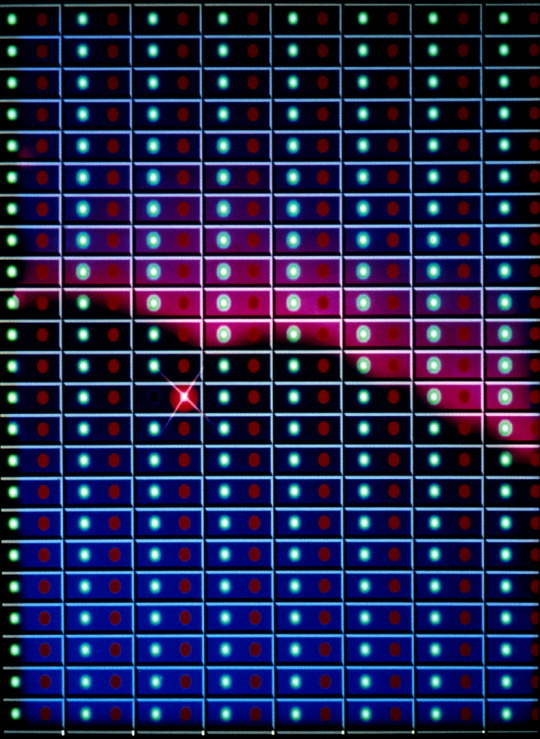
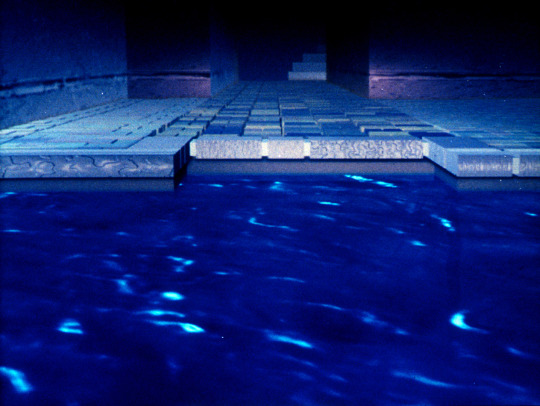


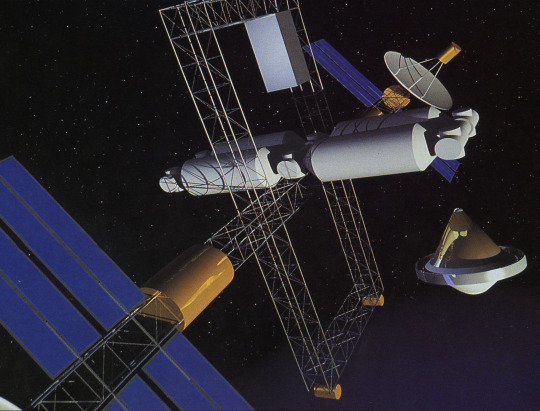



SIGGRAPH Computer Art Show July 27th - 31st, 1987
selected excerpts
Peter Voci: Displayscape
Hdw: DEC Micro-PDP 11 Sftw: CGL
Steve Dipaola: Blue Cirque
Hdw: VAX 11/785/Ikonas/Dicomed Sftw: N.Y.I.T.
Mr. Screens: Control
Hdw: Minivax PDP11/Genisco F B/Matrix QCR Sftw: Images I
Delle Maxwell: Sketches of Venice
Hdw: Ridge 32/Raster Tech F B Sftw: In-house Affiliation/Location: Pacific Data Images
Craig Caldwell: What in the World
Hdw: Marc2/VAX 780 Sftw: TWIXT Affiliation/Location: Ohio State University
Alyn P. Rockwood: Toroidal Knot
Hdw: VAX 11/780/E&S PS340 Sftw: By artist
Randy Bradley: The Light Stuff
Hdw: DG MV/10000/E&S PS300/Raster Tech 1/380/DUNN 635 Sftw: Clockworks Affiliation/Location: Rensselear Polytechnic Institute
Lucia Grossberger, B. Bishop: SpaceLace ’87
Hdw: Apple II GS Sftw: PACK developed By B. Bishop
Karin Schminke: Grid Frieze
Hdw: Mindset/Diablo C150 Prtr Sftw: Lumena Affiliation/Location: Eau Claire and University of Wisconsin
Patricia Search: Visions
Hdw: Data General MV10000/E&S PS300 Sftw: Getto-Long Ray Tracer Rensselear Polytechnic Institute
What’s the point? What is the art in a computer art exhibit? Why have this exhibit at SIGGRAPH at all? Why is it that computer art is still being “discovered”? It seems to go without saying that all these and other questions are asked each year. Nevertheless, as the SIGGRAPH ’86 Art Show so graphically illustrated in its retrospective, this “new art” has been around for at least the last twenty years. Yet, for each new Columbus, working with the computer seems to present a challenge in and of itself. A challenge independent of the product that is produced. Approaching the “medium” from every conceivable direction, the visual architect sculpts meaning and imagery from a general purpose tool with roots extending through both every computing and every visualizing device ever produced.
SIGGRAPH chair Joanne P. Culver, from the overview
#siggraph#digital art#1980s#1987#design#computer art#3D#technology#art#80s design#engineering#computer science
6 notes
·
View notes
